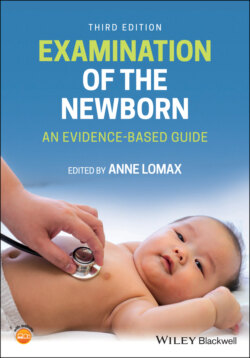Читать книгу Examination of the Newborn - Группа авторов - Страница 14
Ensuring best practice
ОглавлениеMothers and babies should have access to a practitioner who provides a flexible but informed attitude to a package of care that is designed to meet their individual needs (DH 2004). Above all, midwives must be committed to this concept, as difficult as this may be, against the backdrop of a service that is still dealing with large numbers of hospital‐based low‐risk women.
The Midwifery 2020 document (DH 2010) emphasised the unique and essential role of the midwife in the care of both low‐risk and high‐risk women. It recognizes the important role that midwives play in communicating key public health messages to these women throughout the childbearing continuum. Midwifery 2020 calls for the inclusion of examination of the newborn, prescribing, suturing and intravenous cannulation skills to be included in pre‐registration midwifery curricula to ensure that all newly qualified midwives are proficient in caring for women in all risk categories. This concept has been more recently endorsed in the National Maternity Review Better Births document (NHS 2016).
The impetus for including examination of the newborn training within the midwifery undergraduate programmes has now gained much ground in keeping with the philosophy and ethos of autonomous low‐risk midwifery care. Providing this kind of undergraduate education helps meet the service need by enabling Trusts to provide responsive midwifery care (Yearley et al. 2017). This aspect will be discussed in more detail in Chapter 10.
